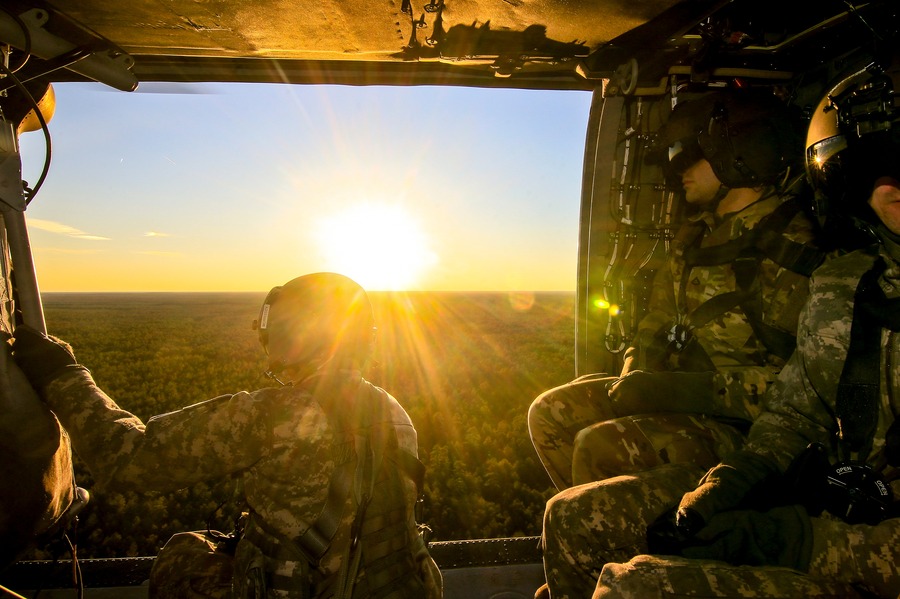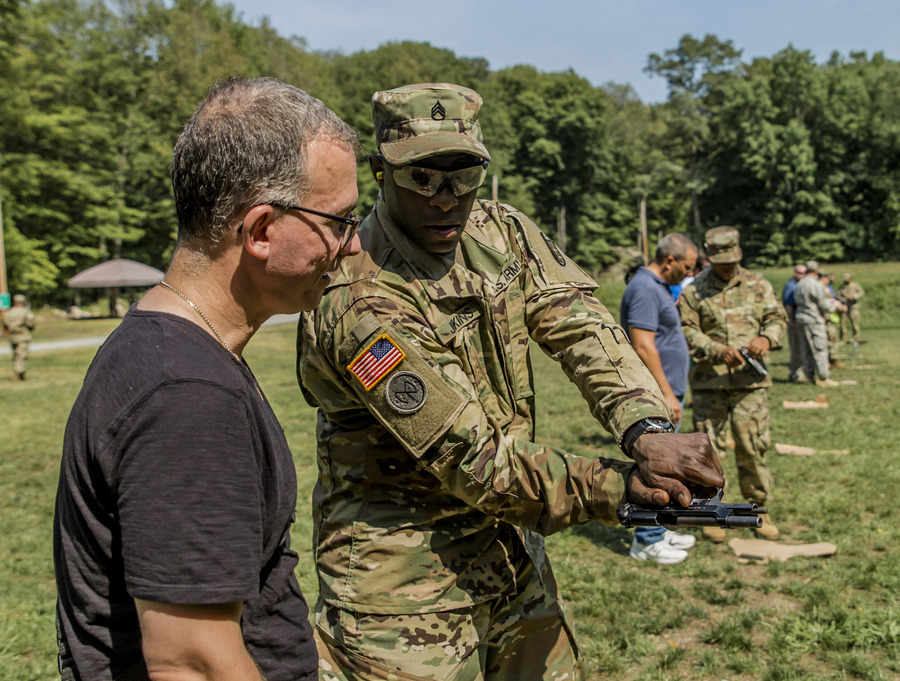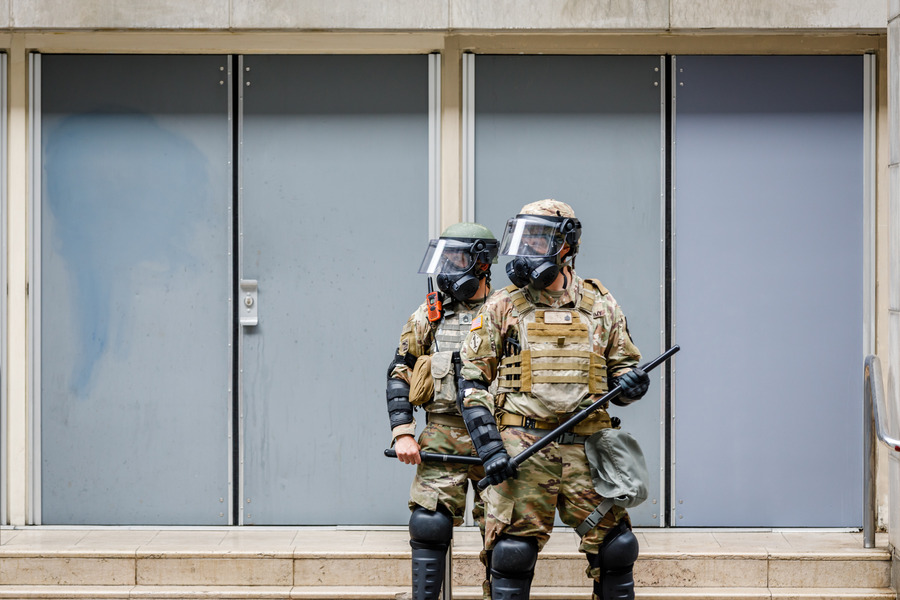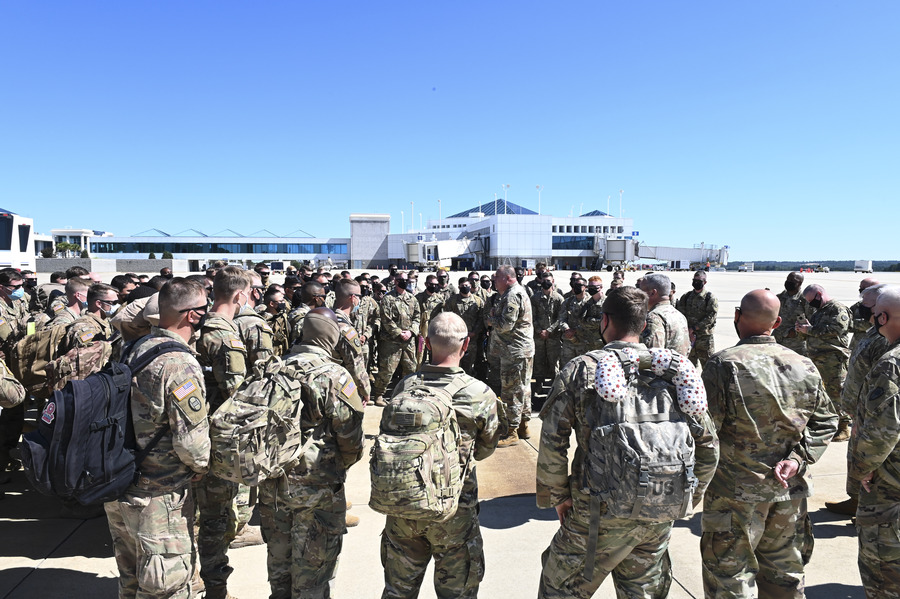The Dangers of Deploying the Military on U.S. Soil

(U.S. Army Soldiers assigned to the VA Army National Guard stand guard at the U.S. Capitol building on Jan. 16, 2021, cropped. [Staff Sgt. Bryan Myhr, https://flic.kr/p/2ktbo8r; CC BY-NC 2.0])
A new series from Lawfare, in partnership with Protect Democracy, explains the many limitations, drawbacks, and dangers of deploying the military on U.S. soil. A range of authors—including academics, lawyers, veterans, and former Department of Defense officials—discuss the legal limits on the domestic use of the military, their sensible origins, and the consequences of more deeply involving the military in domestic affairs.
-

Lawfare Daily: The Dangers of Deploying the Military on U.S. Soil
Discussing Lawfare and Protect Democracy's recent series on domestic deployment. -

Section 502(f) Is Not a Blank Check
The statute provides the National Guard with more flexibility—but the use of unfederalized troops for operational missions has its limits. -

Domestic Policing Deployment and Public Trust in the Military
What do Americans think about domestic deployments? -

Deploying Soldiers on American Soil: Operational Risks & Considerations
Different training rules, operational risks, and past experience caution restraint. -

The Potential National Security Consequences of Unplanned Domestic Military Missions
The military should take care of its core missions first. -

Domestic Military Deployments and the Limitations of Appropriations Law
Congress’s appropriations authority might be its best tool to restrict these deployments. -

How the Insurrection Act (Properly Understood) Limits Domestic Deployments of the U.S. Military
While legislative reforms would be helpful, a strong case can be made that the existing language of the act should be read narrowly, for both constitutional and practical reasons. -

The Dangers of Deploying the Military on U.S. Soil
Introducing a new series on the limitations, drawbacks, and dangers of domestic deployments, from Lawfare and Protect Democracy





.jpg?sfvrsn=7ebd0426_7)






